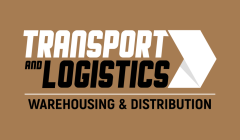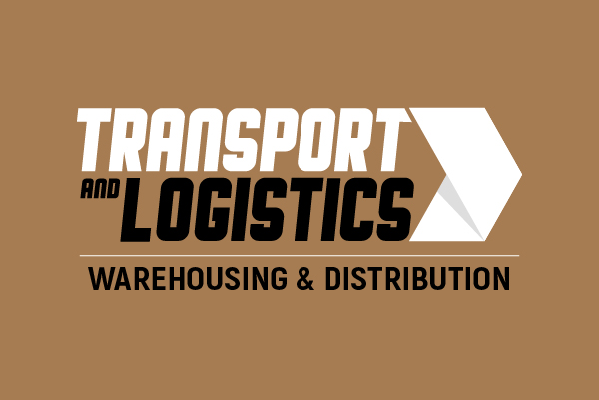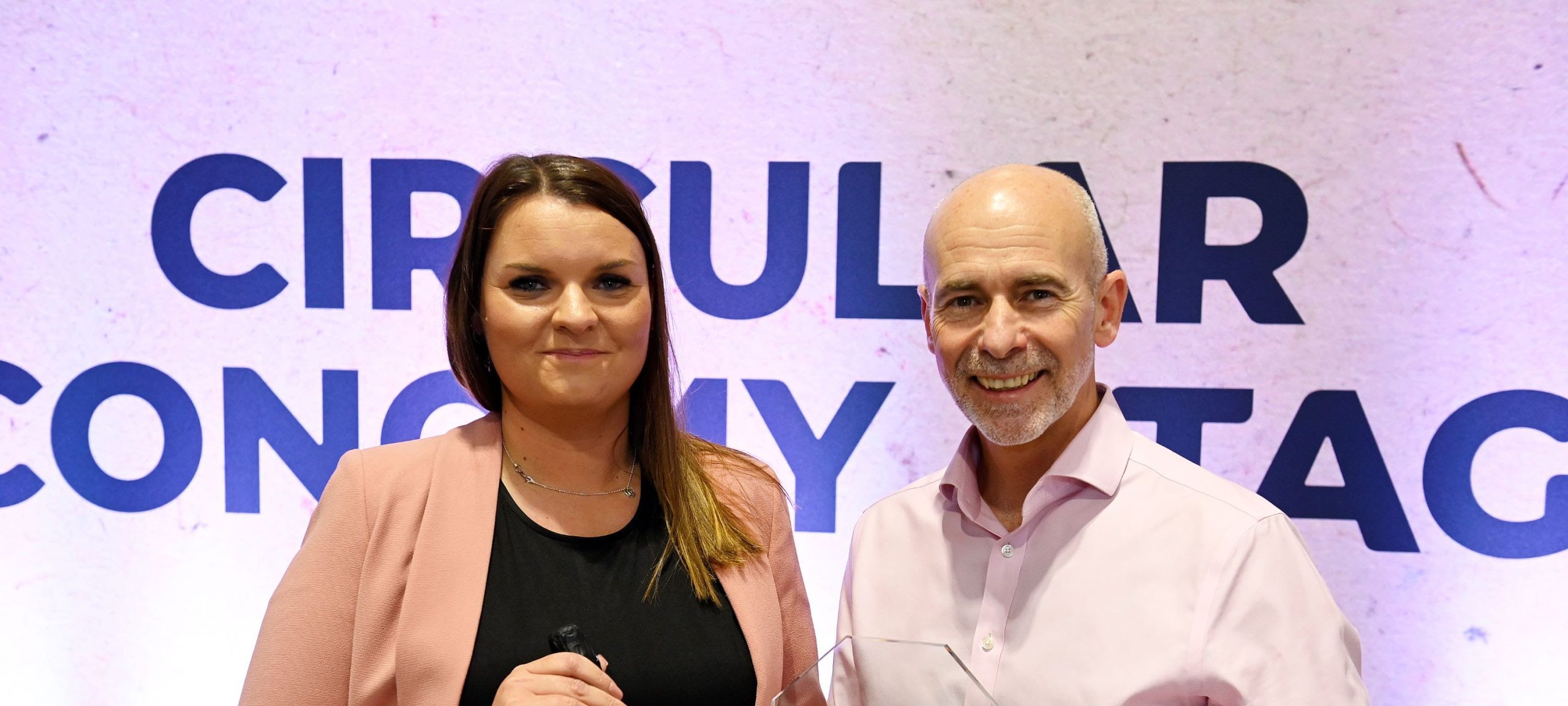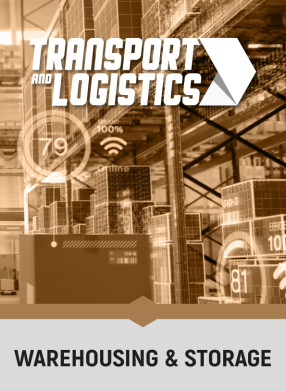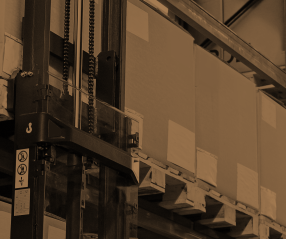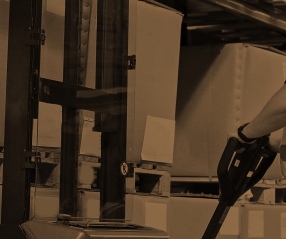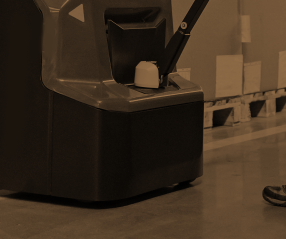Lucy Bosten, Head of Marketing and Communications at Carlton Packaging, explores matching packaging to its purpose and finding your place in a changing sector
Where does inspiration for the next big thing in packaging come from? Get a room full of packaging designers together, and they may struggle to agree. The industry is a hotbed of innovation, with new technologies and trends emerging every year that can influence packaging for years to come.
Sustainability has been one of the most prominent recent trends influencing packaging design. From choosing recyclable or biodegradable substrate materials, to designing out waste using the latest technology, converters across the sector are increasingly prioritising more eco-conscious designs that help brands stand out and shrink their carbon footprints.
However, whether or not these features are always correctly matched to what consumers want from their packaging is a difficult question. With the growing complexity of designing packaging, converters need to understand what their customers and consumers actually want – and achieving this is not always easy.
This issue was an omnipresent topic of discussion at last year’s Packaging Innovations event, which saw thought leaders and experts from across the packaging sector come together to discover the trends and challenges shaping the industry’s future. Among those in attendance was Lucy Bosten, Head of Marketing and Communications at Carlton Packaging, a global designer and manufacturer of smarter packaging materials and processes, who took home one of the coveted Future Trailblazers Awards. Speaking to Easyfairs ahead of Packaging Innovations & Empack 2025, which will be held at NEC Birmingham on February 12 & 13, her enthusiasm for helping customers find the packaging that works for them and consumers alike was obvious. Bosten has clearly found her sweet spot in the sector – designing packaging tailored for the end user experience.
Fit for purpose
“When I receive my perfume, I’m not going to expect just a brown box,” explained Bosten. “I want some messaging in there. Over the years, I think sustainability has impacted how parcels are packaged. People have taken less care with it because they emphasise being green. It gets to the point where the excuse is, ‘Well, we’re green, so that’s why it’s broken when it arrived.’ It might be a paper bag that didn’t arrive in the best condition, but hey, we’re sustainable.
“However, things have matured since then, and now people are focusing on bringing back quality and research and development. It’s about ensuring that you can still use sustainable products while delivering the correct message and keeping the brand intact. Regardless of the brand—whether you’re sending out garden furniture, perfumes, or meat—there’s always a level of branding or consumer interest involved. What we consistently find with our clients, whether they’re at the bottom end of the spectrum, like pound shops that pack as much as they can into a box, or high-end stores like Harrods and Harvey Nichols, is that the branding message and desire remain constant. The biggest point for any business is their brand and encouraging returning business.
“While the perception of a brand might look great with certain packaging, it can result in more board or material waste. I remember someone proposing a recycled tear strip that would be great for the market but would cost an additional 20 pence per board. Everyone thought it was a good idea until they realised the cost would be passed on to the customer. Most customers aren’t that concerned about a plastic tear strip if it can be recycled correctly.”
Carlton Packaging meets this by designing for consumer requirements first and foremost before sending its designs to a manufacturer to print, cut, and send it back. However, its work is backed up by extensive research to discover the innovations that people actually want.
This methodology has been fundamental to building a consumer-led approach to design. The company conducts mystery shopping before engaging with brands to learn how they package their products and talks to them to discover what they consider the most important parts of their delivery process. If their priority is product safety during the delivery, more recyclable materials like cardboard may not offer sufficient protection. However, ongoing innovations in sustainability mean there are a multitude of other ways that packaging’s environmental impact can be reduced.
“We do a lot of research on what’s happening in the market, working with manufacturers to innovate,” said Bosten. “We explore options like adding more recycled content, creating closed-loop systems, or providing returnable packaging. Taking these ideas to brands is where our strongest selling point lies.”
Feedback loops
To support its research, Carlton Packaging recently launched its InsightLoop portal that enables customers to leave feedback on packaging, regardless of what the product is. This provides added value for businesses because, instead of customers venting about negative packaging experiences on social media, they can provide feedback through the portal. What’s more, their feedback helps ensure that future packaging can be designed with consumer expectations in mind.
Consumers can provide feedback by scanning a QR code, sending their comments directly to the relevant person responsible for the packaging or the marketing team. As a result, the company can start developing solutions. For example, if a brand is receiving negative feedback about plastic mailers from eco-conscious consumers, Carlton Packaging can suggest actions such as switching to paper mailers instead. Alternatively, if negative feedback is received about paper mailers arriving damaged and intelligence suggests their consumers are not as concerned about the environment, the business could recommend adding messaging to the plastic bag about how to recycle it instead.
“To me, this feedback system is one of the biggest research tools because we’re all consumers and love to give feedback,” said Bosten. “When we get something we don’t like, especially across different age ranges—from Gen Z to Baby Boomers—we tend to voice our opinions on social media. With this platform, consumers can provide feedback in one place, allowing the relevant team to receive real-time information. This way, feedback doesn’t just sit with a social media manager who might not pass it on to the right people. Instead, it reaches those who are passionate about handling and acting on that information.”
Future innovators
It’s commonly said packaging has a problem attracting new talent, as the industry can struggle to make itself look like an appealing option for potential new recruits. With an aging highly skilled workforce, invaluable knowledge and expertise are leaving the sector each year. Overcoming this problem and preventing further brain drain will require packaging to focus on promoting how fulfilling a career it can be.
“If you had told me 10 years ago that I would be in packaging and selling boxes, I would have said, ‘No way, that’s not for me’,” said Bosten. “It’s not something you wake up wanting to do at 22. I started at Carlton as a junior marketer and initially thought, ‘What am I going to market? Cardboard boxes?’ But over time, as we saw developments and possibilities, I realised the potential.”
Marketing the benefits of a career in packaging has not always been a huge focus for the industry, pushed for by a few distributors and manufacturers over the last few years. But by investing in education and awareness-raising activities, and shouting out about the exciting developments being made, businesses have the opportunity to attract new talent, opening the door to the next generation of packaging innovators.
Packaging Innovations 2025 is an ideal showcase of the best that the packaging industry has to offer. With a packed programme covering the latest trends and technologies, the event is a standout date in the packaging calendar for professionals looking to get ahead of emerging challenges and opportunities. What’s more, events like the annual Future Trailblazers Awards are spotlighting the innovative, forward-thinking individuals who are shaping the industry’s future, celebrating the passion, innovation, and fresh perspectives that they bring.
With nominations open for entries now, Packaging Innovations & Empack 2025 looks set to be the ideal place to promote packaging as a thriving industry and enhance its appeal for the next generation of professionals.
“Packaging has taken me all over the world—I’ve been to Packaging Innovations in Paris, and I’m heading to Chicago next month,” Bosten added. “I’ve travelled across the UK, Europe, Amsterdam, and Dublin. You wouldn’t believe it, but packaging is everywhere, and there are opportunities.
“I had a conversation with a recruiter the other day who asked, “Why would someone want to get involved in packaging?” I said that’s a great question because nothing is the same every day. Everything’s new. Brands are constantly evolving. Especially when you’re young and want to get into packaging, design, or marketing, you might not think of sending your CV to a packaging company because you aim for fashion or mechanical design. But actually, I probably have more day-to-day relationships with consumers than many of my friends in marketing agencies. I travel the country more than many people working in high-end brands.
“We get to experience the best of both worlds—working with great big brands and different brands all the time and working for a business that is continuously evolving. So, for me, it’s just something I would definitely recommend considering.”
Don’t miss out on your chance to nominate someone for the 2025 Future Trailblazers Awards. If you or someone you know is significantly impacting the packaging industry, from design to sustainability, submitting a nomination could you gain recognition as one of the industry’s brightest talents.
Transport & Logistics – Driving The Industry Forward
